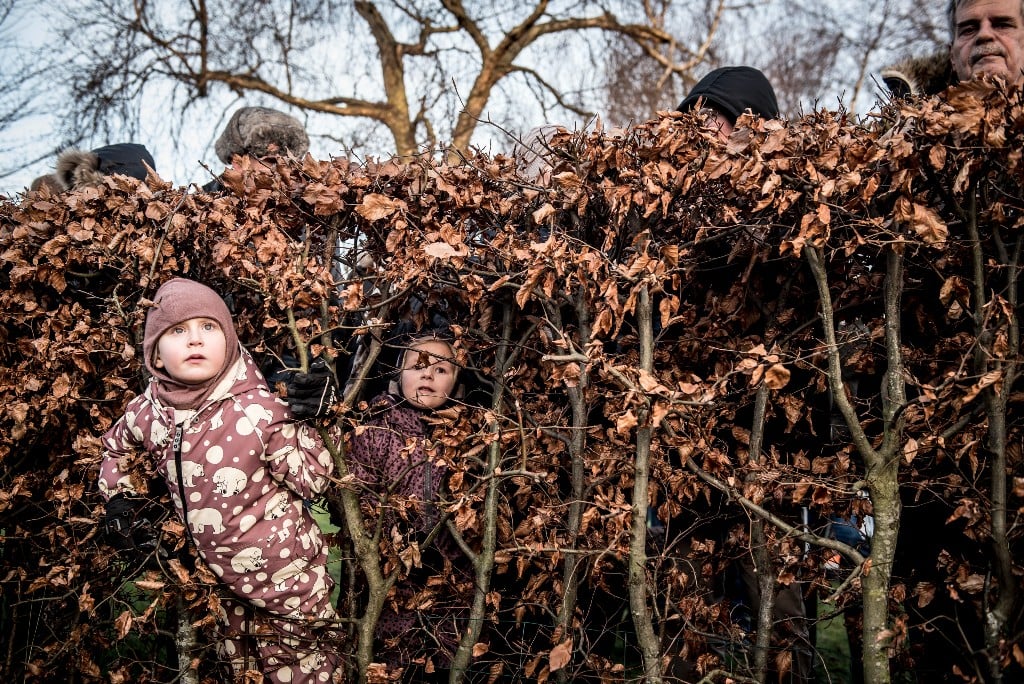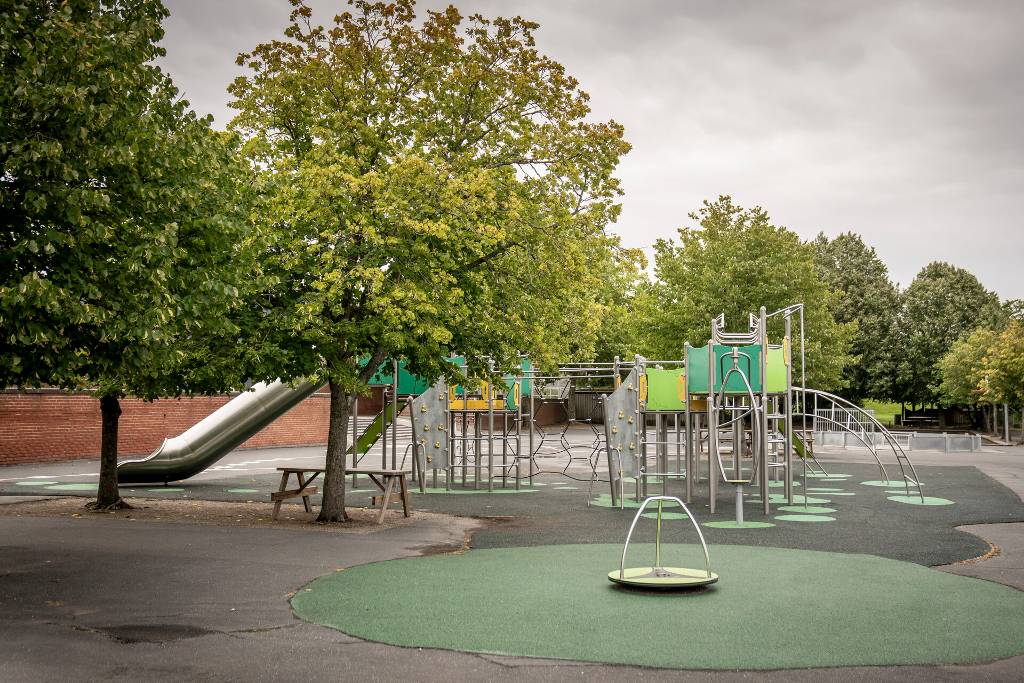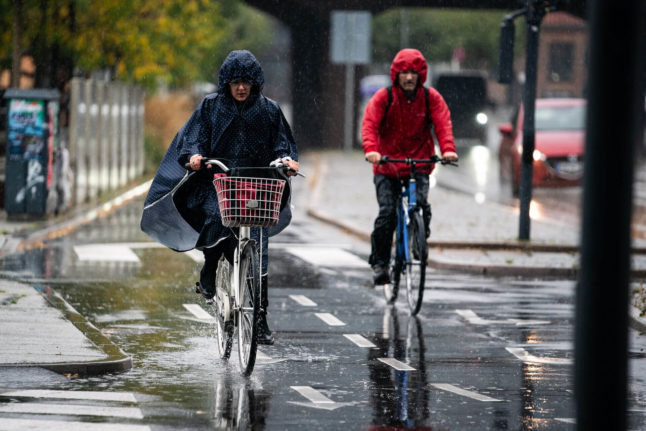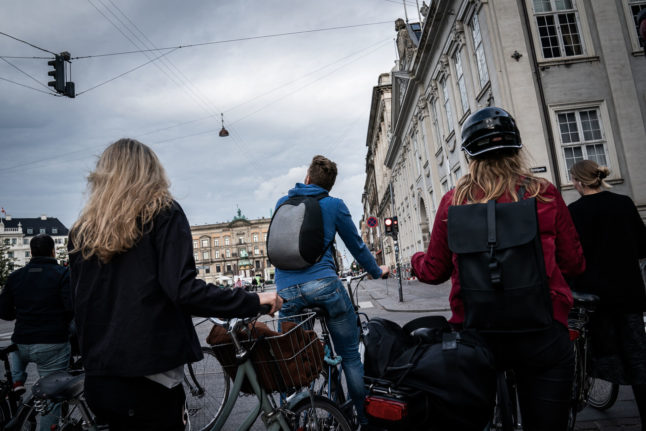Patience
Denmark is an efficient society but it takes a while to get set up as a resident in the country.
You need to apply to the Danish Agency for International Recruitment and Integration (abbreviated SIRI in Danish) for visa and residency permits and waiting times can vary. It is only then you get your CPR number, which is basically the key to your life in Denmark.
You need your CPR number to access the Danish healthcare system, open a Danish bank account, sign up for a Danish credit card, get a mobile phone plan, attend Danish language classes, use MobilePay and in some cases secure a rental. This all takes time, research and patience.
Many of these things also require a Danish address, which can also take time to secure given the high demand for rental homes in big cities like Copenhagen and Aarhus.
Eventually, though, these things will fall into place an you’ll be set up for the foreseeable future.
READ ALSO:
- No CPR and no end in sight: The struggle to get a Danish residency permit
- What happens if you lose your Danish yellow health insurance card?
- What’s the difference between temporary and permanent residency in Denmark?
Outdoor life
You will soon learn the well-known Danish saying, ‘there’s no such thing as bad weather, just bad clothing’ (‘Der findes ikke dårligt vejr kun dårlig påklædning’). This is because the weather in Denmark is so changeable and a lot of the time, grey, cold and wet, that you can’t wait for a sunny day to enjoy the outdoors.
So be prepared to bring over or invest in good outdoor clothing: snow suits, waterproofs, wool, fleece, and thermal materials, as well as spares because you’ll use them a lot.

As the weather doesn’t put Danes off, you’ll find there are outdoor events, gatherings, play dates and harbour swims in all seasons, not to mention cycling to work come rain, snow or sleet.
If you’re moving to Denmark with children, they’ll also need all the right outdoor gear, especially pre-schoolers who spend hours each day playing outside at nursery and kindergarten.
READ ALSO:
- Layers, fabrics and socks: How to dress for Denmark’s cold and wet winters
- How to dress your child for the cold, wet Danish winter
Danish reserve
Danes are famously private and small talk, known as ‘småsnak‘, isn’t a thing. It’s unlikely you’ll be striking up a conversation with the person sitting next to you on the bus, or even be regularly greeted by a neighbour. This can give off unfriendly vibes to newcomers in Denmark but rather than meaning to be rude, it is the Danish way of respecting privacy.
Danish friendships can take some time and investment but it’s worth sticking at it. So keep putting yourself out there and don’t be alarmed by the reserve.
READ ALSO:
- Sig hej: What are the real rules for greeting people in Denmark?
- ‘They act like you are complete strangers’: Why it’s hard to make friends with Danes
Week day empty playgrounds
The majority of parents in Denmark both work full-time, which means after maternity leave, most children are in full-time daycare. Nurseries (vuggestuer) and kindergartens (børnehaver) are 75 percent subsidised by each municipality, making it an affordable choice.

So if you move to Denmark with pre-school children, you will find many empty playgrounds from Monday to Friday and not a great deal of parent/toddler groups to choose from. Joining expat parenting groups will help you connect with other parents and get tips on what activities are around, if your child isn’t in full time daycare.
READ ALSO: Vuggestue or dagpleje? The difference between early Danish childcare options
Festival celebrations
Danes like a celebration and you’ll soon be marking up your calendar with the words Sankt Hans Aften and Fastelavn.

Fastelavn can roughly be described as a Danish version of the pre-Lent Carnival tradition associated with Roman Catholic countries, in which children wear costumes and go out asking for candy or money, while midsummer custom Sankt Hans Aften is when people sing in chorus before lighting a giant bonfire and drinking late into the night.
Saint Lucia Day is marked every year on December 13th, to symbolise light and hope during a dark time in the lead-up to Christmas. Danes don’t hold back on yuletide festivities, with a huge number of much-loved traditions for family and friends, not to mention the huge efforts that go into New Year dinner parties.
Easter comes with a five-day holiday, (Maundy Thursday, Good Friday, Easter Sunday and Easter Monday). With the added flurry of bank holidays during the Spring, you are never far from an excuse to celebrate in Denmark.
READ ALSO:
- Why does Denmark celebrate Sankt Hans Aften?
- Fastelavn: What is the Danish childrens’ carnival all about?
Danish flags
Danes have a great love for their flag. Not only is it a symbol of patriotism for national holidays and football games, the Dannebrog is also the default theme for birthday parties and is a staple for celebrations of any sort.
Most Danish households have a small arsenal of flags in various sizes to suit all of life’s most Danish occasions, and there’s a year-round section of Dannebrog party supplies in most grocery stores. Don’t forget the Dannebrog garlands for your Christmas tree, either.

READ ALSO: Why do Danes love the Danish flag so much?
Week numbers
The use of week numbers to refer to points in time, either in the past or future is used throughout Denmark so you’ll hears phrases like, “We are closed due to annual leave and we will be back in week 23”, as opposed to “we will be back on the 19th February” or “we will be back in a week.”
The system is used to such an extent, you’ll hear people rattle off week numbers and expect you to know exactly where in the calendar they’re talking about.
READ ALSO: Why do Danes insist on using week numbers instead of dates?



 Please whitelist us to continue reading.
Please whitelist us to continue reading.
Member comments